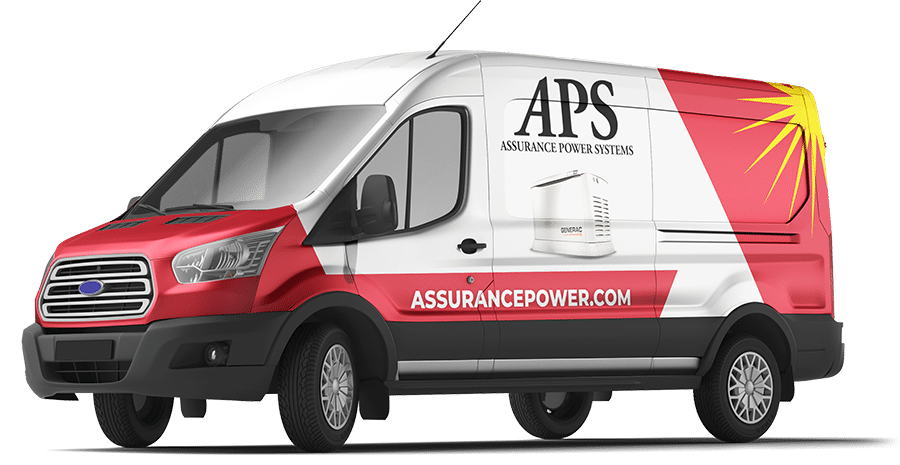Quiet Power Generator – Palm Beach, FL
Client: Palm Beach, FL HomeownerScope of work: Kohler 60 RCL Natural Gas Generator Installing a Quiet Power Generator in a Palm Beach HomeBackground:Many communities are
Client: Palm Beach, FL HomeownerScope of work: Kohler 60 RCL Natural Gas Generator Installing a Quiet Power Generator in a Palm Beach HomeBackground:Many communities are
Boca Raton Local NewsSoldier Surprises Nephew at Football Game
As large manufacturing plants and warehouses integrate more digital technology into their operations and processes at a rapid pace, having reliable access of consistent power
One of the most frequent questions we get concerning the purchase of a standby power generator is “how loud are power generators?” Which is often
Customers looking for home generators frequently ask questions about safety, reliability and cost, so they are not caught unprepared.At Assurance Power Systems, we want to
Generator Service and Installation for West Palm Beach FloridaGenerators are important for residents of West Palm Beach, Florida, because of the susceptibility that this area
Assurance Power Systems has provided excellent service to South Florida residents and businesses since 2005. We continue to uphold our high standards, whether we’re offering repairs, maintenance, or installations. Our services are provided by our employees, and we do not subcontract out our work.
When you need assistance, count on Assurance Power Systems to provide reliable service with a personal touch.
